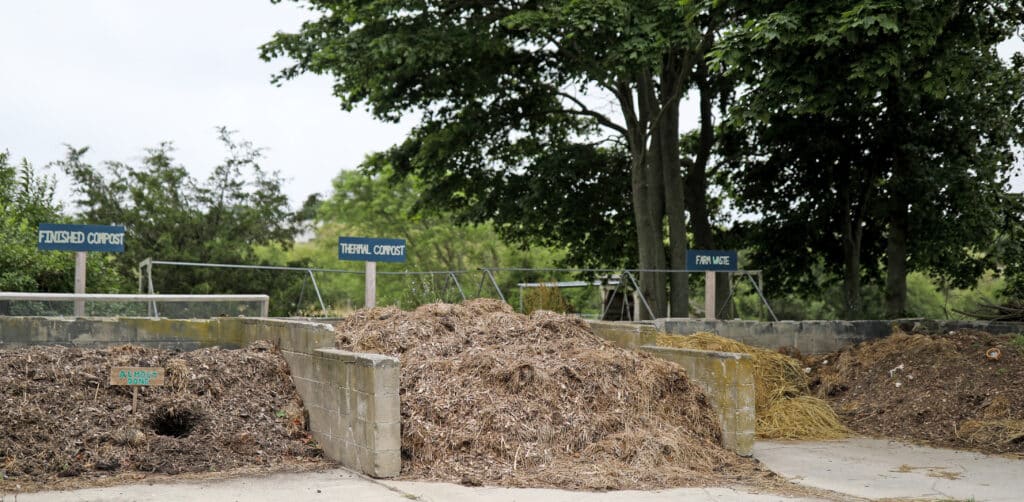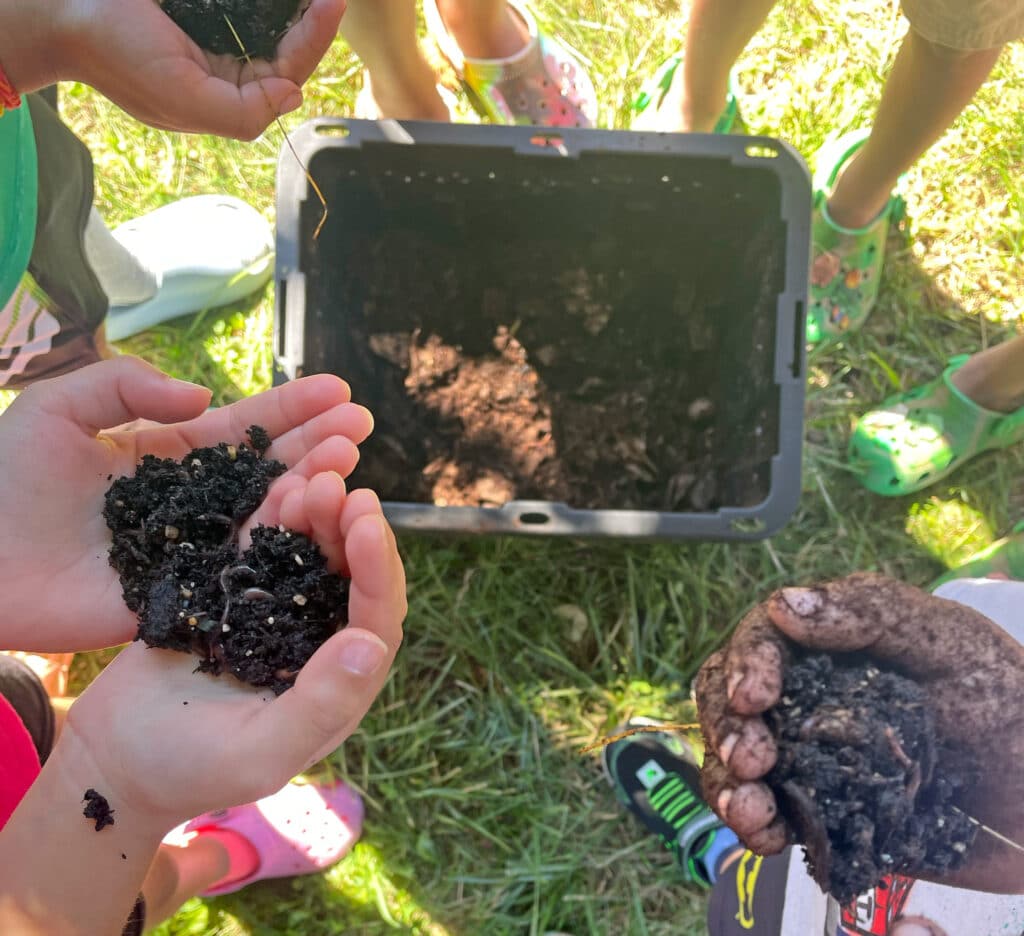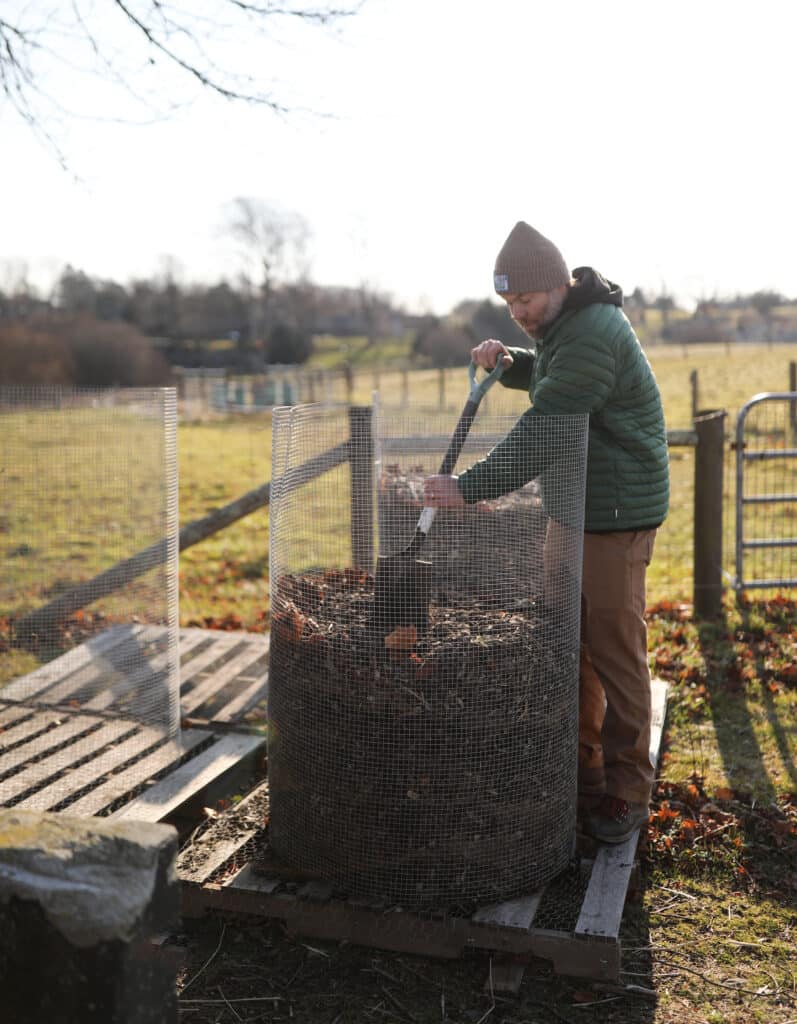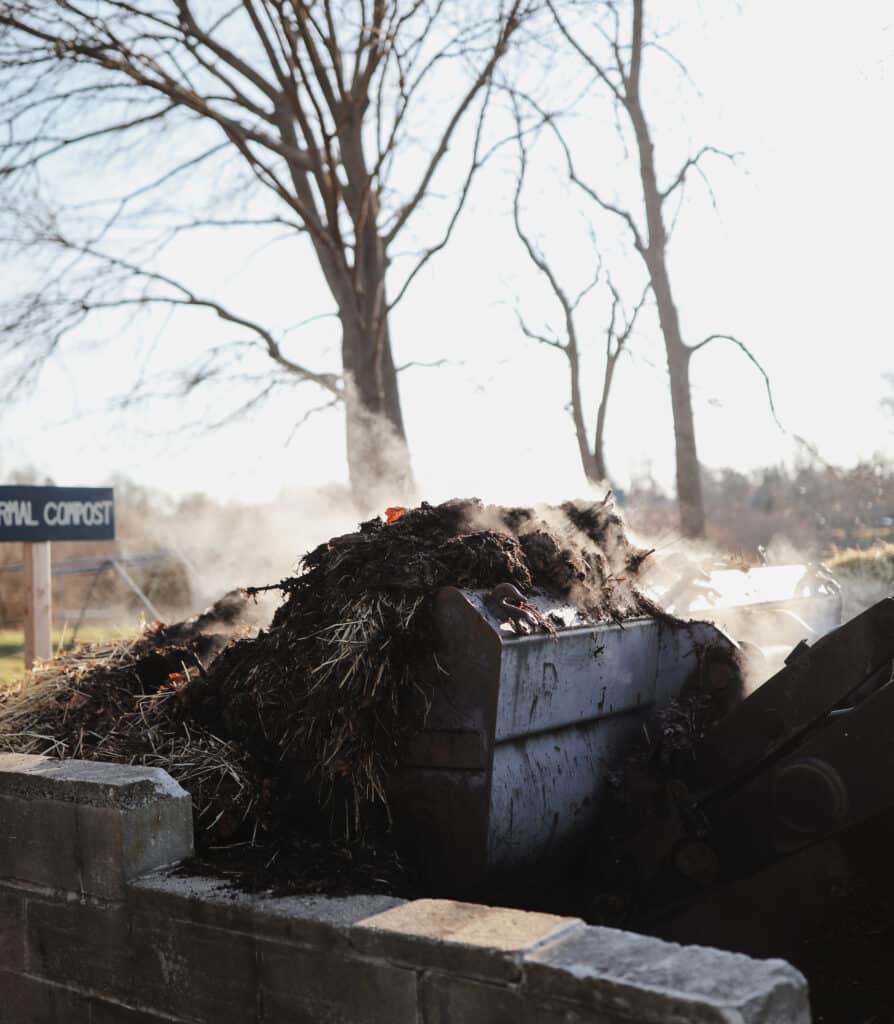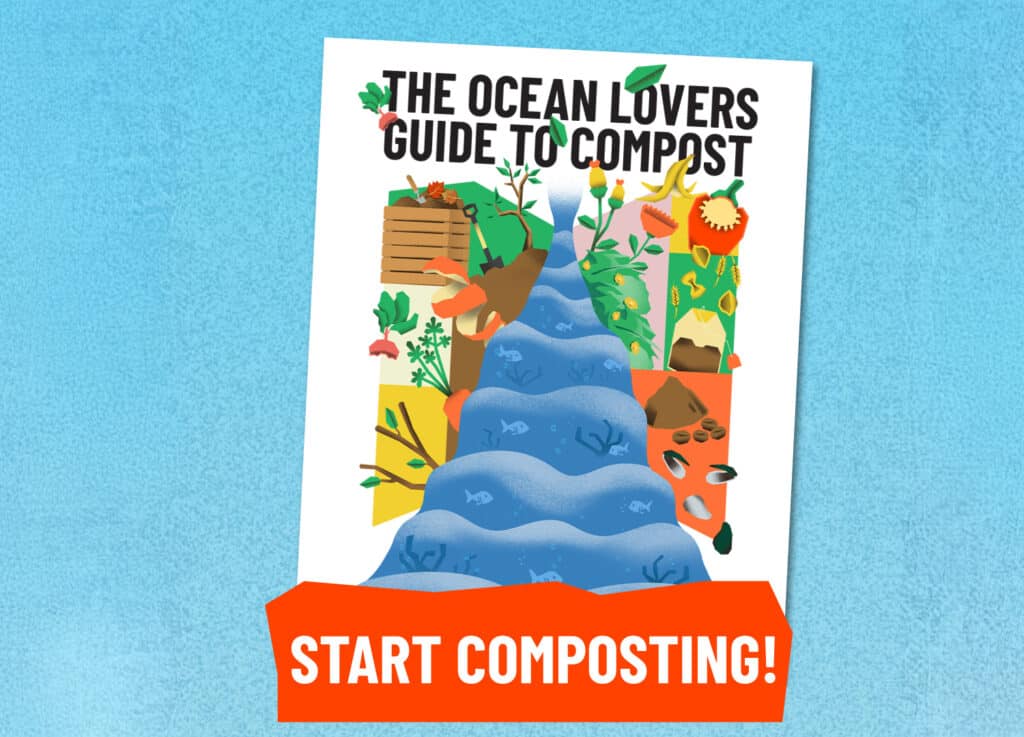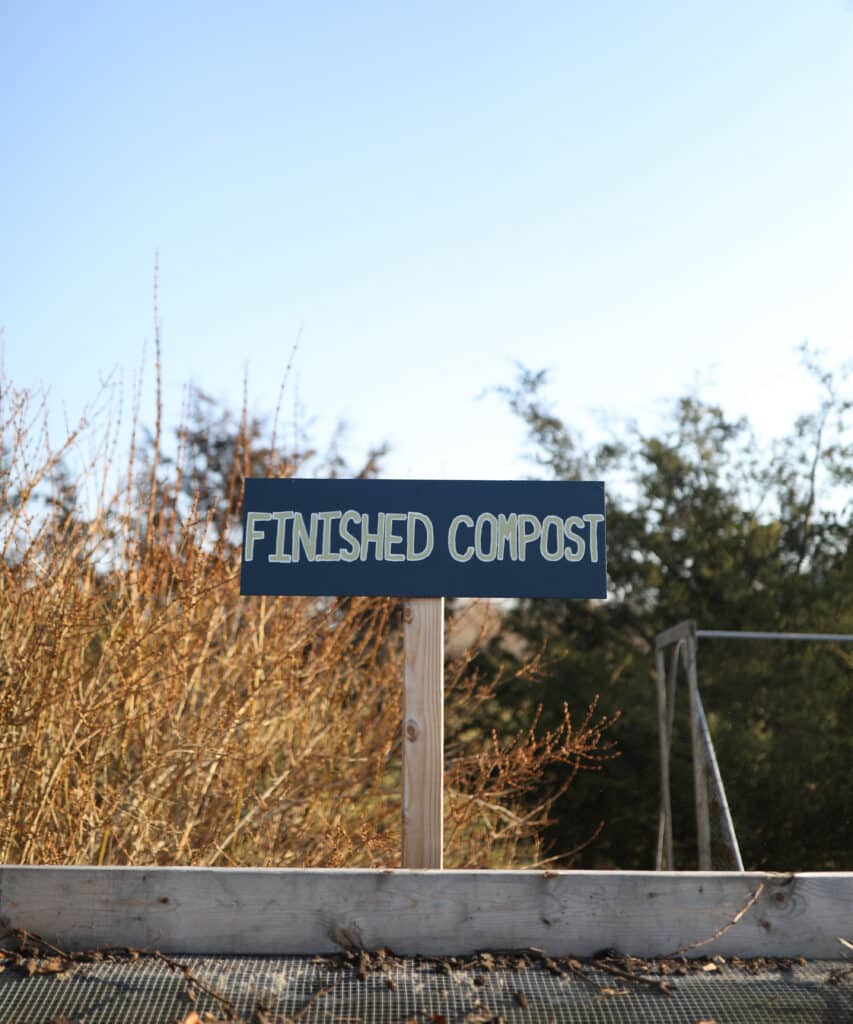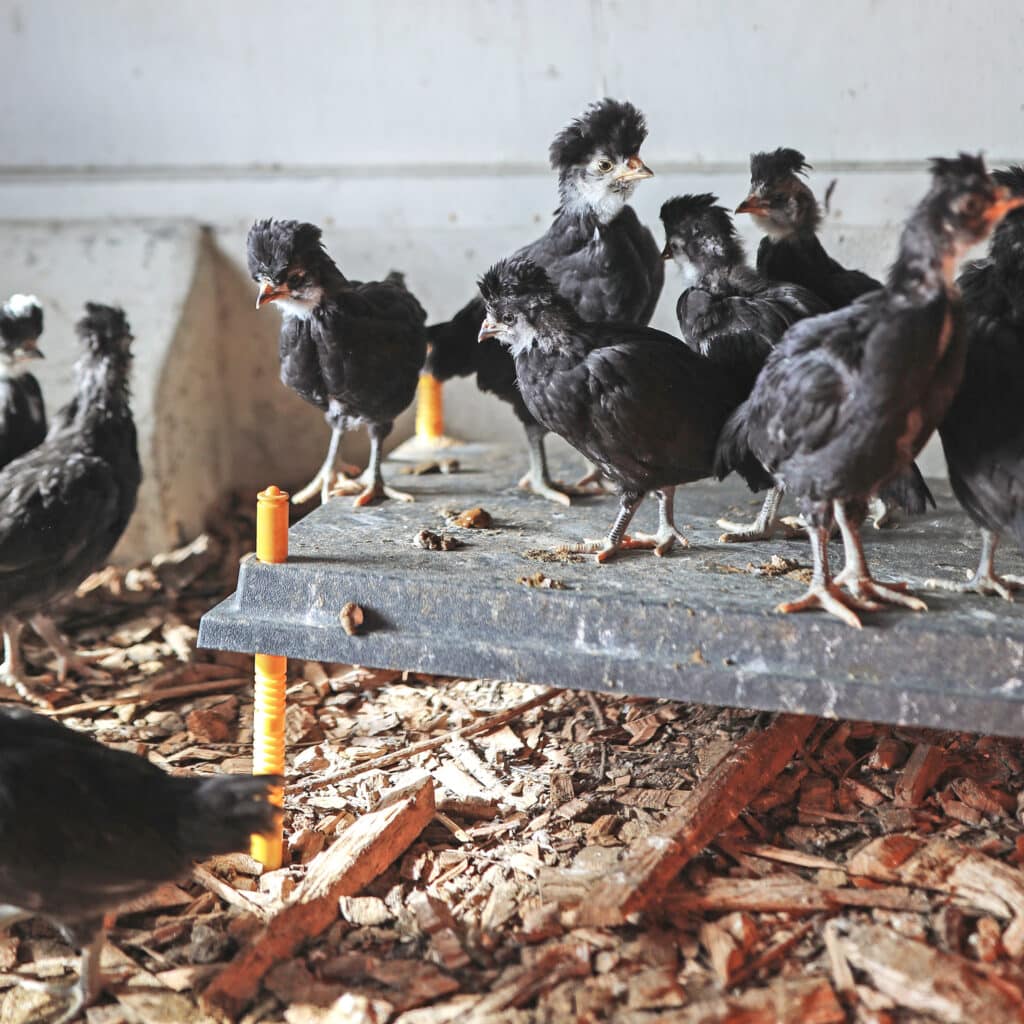Compost is a hot topic right now. This rich, dark soil amendment is all over the internet and in garden supply stores. From urban community compost initiatives to large-scale worm farms, it seems like compost is all anyone’s talking about. But what is compost, and just what is breaking down inside it?
Compost, in simple terms, is decomposed organic matter—the nutritious and biologically stable result of breaking down plants, food scraps, yard waste, and even animal manure. The composting process can be as simple as piling up grass clippings and eggshells in your backyard or as complicated as using a large-scale industrial aeration facility. The end result is a rich and high-quality soil amendment that will provide nutrition for a garden and help protect the environment by reducing waste and keeping soil intact.
Making great compost requires the right balance of ingredients. Compost experts divide these ingredients between carbon-rich materials, or browns, and nitrogen-rich materials, or greens. Browns include leaves, plant stalks and sticks, wood chips, and untreated shredded papers and cardboard. Fruit and veggie scraps, cut grasses, eggshells and coffee grounds are all greens. Layering browns and greens in the right proportions, as well as providing adequate aeration and hydration, is the key to successful compost creation.
Vermicompost: Compost’s wormy cousin
Vermicompost is the result of using worms to aid the decomposition of organic materials. Worms are nature’s manure machines: they eat quickly, and their waste is one of the richest soil amendments available. When food scraps are added to a vermicompost system, the worms get busy eating and excreting. Their excretions are called casts, which are mixed into the soil to provide nutrients and rich organic matter.

